When it comes to building with granite, you’re choosing a material that’s stood the test of time, not just for its undeniable strength and durability, but for the natural beauty it brings to any space. Granite has been used in some of the world’s most iconic structures, and for good reason—it’s a material that speaks to quality and longevity. But as you start planning your project, one question likely pops into your mind: Should you go with granite slabs or granite tiles? It’s a question that many have asked before, and it’s one worth exploring.
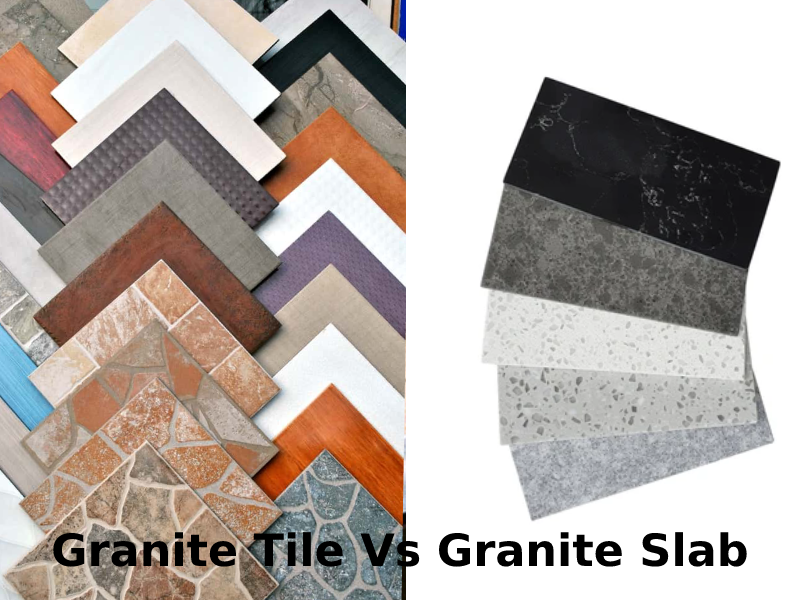
Granite offers a unique combination of aesthetic appeal and practicality, making it a go to choice for homeowners, designers, and builders alike. But knowing whether to choose granite slabs or granite tiles can make a big difference in your project’s outcome.
Grantie slabs and tiles each have their own set of benefits, and understanding these can help you make the best choice for your space. Are you looking for that seamless, luxurious feel, or do you want something versatile and cost-effective? By the time you finish reading this, you’ll have a clearer picture of what’s right for your project, ensuring that your decision is as solid as the granite itself.
Why Granite Is a Great Building Material
When it comes to building materials, granite stands out for a lot of good reasons. It’s not just about looks—granite is hard, long-lasting, and can handle just about anything nature throws at it. Whether you’re building a home, a commercial space, or even an outdoor area, granite offers a mix of looks and strength that’s hard to beat.
Granite can be used in many parts of a building, from floors and walls to countertops and outdoor walkways. Its natural beauty adds a timeless appeal, and its durability ensures that your investment will last for years.
READ MORE | Why Choose Granite: Comparing Hardness, Porosity, Stain Resistance, and Durability
.webp)
Granite Slabs vs. Granite Tiles: What’s the Difference?
So, you’ve decided to use granite, but now you’re choosing between slabs and tiles. This decision will affect both the appearance and cost of your project. Let’s explore the key differences:
Granite Slabs:
- Size and Thickness: Slabs are large, heavy, and thick, typically measuring 7 to 9 feet in length with a thickness of 2 or 3 cm. They’re perfect for countertops and large flooring areas due to their seamless look.
- Installation: Slabs are installed as single pieces, creating a sleek, uninterrupted surface.
- Appearance: Slabs provide a luxurious, expansive look with fewer seams, showcasing the natural beauty of granite.
- Maintenance: Minimal maintenance required as there are no grout lines.
Granite Tiles:
- Size and Thickness: Tiles are smaller and lighter, usually available in sizes like 12×12 inches or 24×24 inches, and are about 1 cm thick. They’re easier to handle and cut.
- Installation: Tiles are installed in a grid pattern with grout lines, which can create intricate designs.
- Appearance: Tiles offer flexibility in design and come in various colors and patterns. They may have more seams compared to slabs.
- Maintenance: Requires grout care to maintain longevity and prevent staining.
READ | Granite Slab Size – Standard & Custom Size | Finding the Right Fit for Your Project
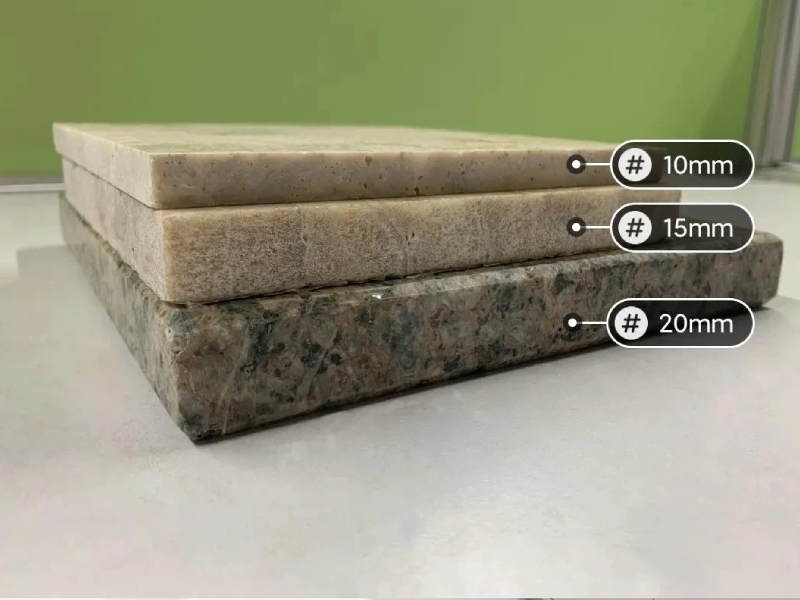
Comparing Costs: Granite Slabs vs. Tiles
Cost is always a factor when choosing granite for building project. Granite slabs typically cost more upfront, but they can be worth the investment if you’re after that high-end look. The installation process for slabs can also be more complex and therefore more expensive.
Granite tiles, on the other hand, usually come at a lower price point, both in terms of material and installation. They’re easier to work with and can be replaced more easily if needed, which might save you money in the long run.
Uses of Granite Slab Vs Tile
Granite slabs and tiles have a wide range of applications in construction projects. Some of the most common uses include countertops, flooring, and wall cladding.
1. Countertops:
– Slabs: Perfect for creating seamless and uninterrupted countertops with a luxurious appearance.
– Tiles: Offer a unique design opportunity with the ability to emphasize or de-emphasize seam lines for a customized look.

2. Flooring:
– Slabs: Ideal for large outdoor paving surfaces due to their durability and ability to cover extensive areas seamlessly.
– Tiles: Well-suited for interior flooring, including staircases, providing versatility and ease of installation.
READ | Why Granite Flooring? Properties, Benefits, and Maintenance Insights

3. Wall Cladding:
– Slabs: Suitable for external wall cladding, offering durability and a uniform appearance.
– Tiles: Perfect for backsplash tiles in kitchens and bathrooms or interior wall covering, allowing for various design options and patterns.
READ | Granite Wall: From Shower to Exterior Walls, Find Out Why
.webp)
4. Outdoor Applications:
– Slabs: Used for balcony flooring and other outdoor paving surfaces due to their durability and resistance to weather elements.
– Tiles: Can be utilized for outdoor pathways or patio areas, offering flexibility in design and installation.
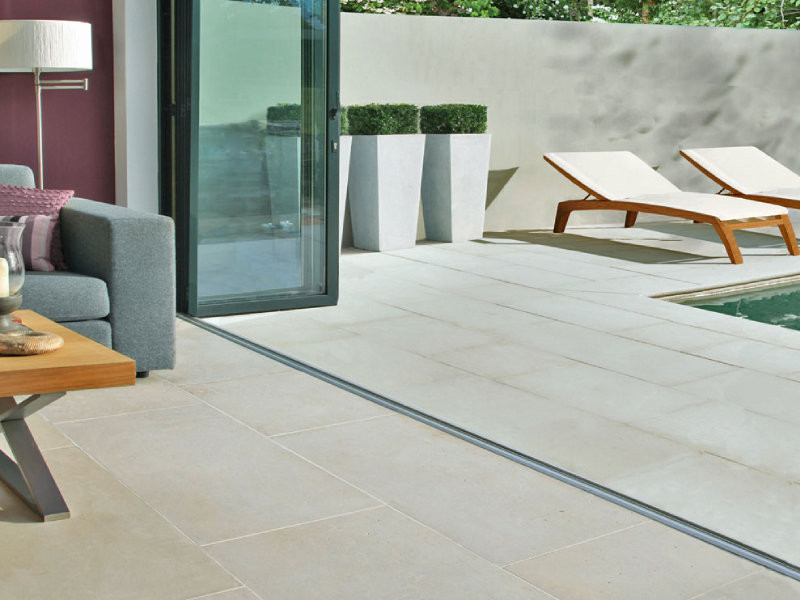
5. Custom Projects:
– Slabs: Ideal for custom projects such as window sills, monuments, steps, and treads, providing a cohesive and seamless look.
– Tiles: Suitable for creating intricate designs or patterns, offering versatility and customization options.
READ | Custom Cut Granite: Stair Tiles for Staircase
.webp)
Granite Slab vs. Granite Tile: Which Is Better?
Deciding between granite slabs and granite tiles comes down to a few key things: what your project needs, how much you’re willing to spend, your design taste, and practical concerns.
Granite slabs are often seen as a top choice because they offer a seamless, large surface that adds a touch of luxury to any space. They work great for high-end projects like countertops, tables, and vanities, where you want that wow factor and flexibility in design. But keep in mind, slabs usually cost more and might need a professional to install due to their size and weight.
Granite tiles, on the other hand, are a more budget-friendly option. They give you more flexibility with patterns and designs, are easier to handle, and can even be a DIY project. Though tiles don’t have the seamless look of slabs, they come in many different colors, patterns, and sizes to fit various styles.
How to Choose Between Granite Slabs and Tiles
When it comes down to it, the choice between granite slabs and tiles depends on your specific needs. Think about your budget, the space you’re working with, and the overall look you’re going for. If you want a seamless, luxurious finish, slabs might be the way to go. But if you’re working with a smaller space or a tighter budget, tiles could be the perfect fit.
Conclusion
Choosing between granite slabs and granite tiles can shape the overall look and feel of your project. Slabs provide a seamless, luxurious finish that’s perfect for larger spaces or high-end applications, while tiles are more versatile and budget-friendly, making them ideal for smaller areas or DIY projects.
Consider what best suits your needs—whether it’s the sleek, uninterrupted appearance of slabs or the flexible design options of tiles. No matter what you choose, granite offers a durable and beautiful solution for your building needs.
Ready to explore granite options or need advice on slabs vs. tiles? Stone Galleria is here to help! With a wide range of top-quality granite and expert guidance, we’ll help you find the perfect material for your project.
Get in touch with us today to learn more and start bringing your vision to life with the best granite solutions around!


 Fact Checked
Fact Checked





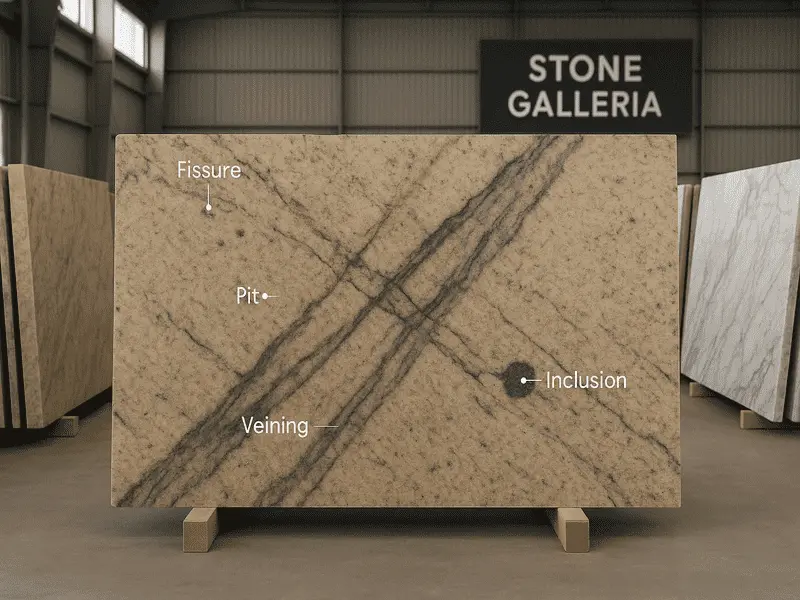
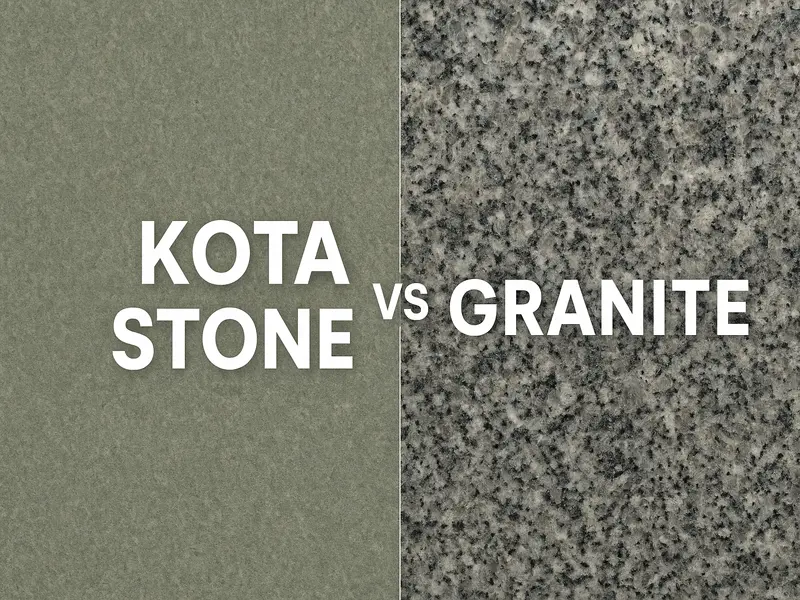



![Latest GST on Granite Slabs & Blocks [2025 Chart + HSN + Price Examples]](https://stonegalleria.in/admin/images/blog/latest-gst-on granite.webp)




